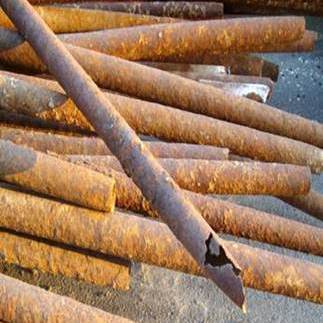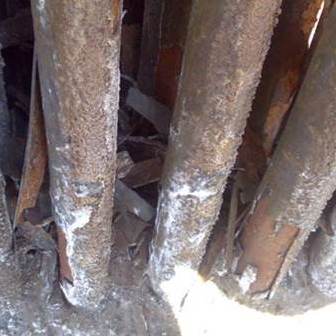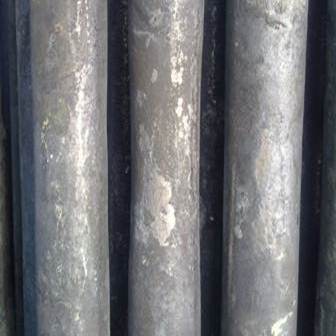We offer higher productivity and lower running costs by decreasing maintenance standstill and increasing the life cycle of lances. We offer different grades for different working environments, depending on the operating temperature and corrosion mechanism to which the lances are exposed.
In a shaft kiln the number of lances varies between 15 and 40 and typical material grades used include ASTM 310, 314, 316, Alloy 800HT, Sandvik 253 MA® and Sandvik 4C54. All are Cr-oxide forming alloys and can last anything from 6 months to 3 years.
High temperature corrosion
 |
High temperature corrosion is a mechanism of:
|
 |
Oxidation:
|
 |
Sulfidation:
|
In environments where sulfur is present at high temperatures, ferritic grades should be used, as these have the highest resistance to sulfidation. However, in Lime applications, oxidation must also be considered. Sandvik 4C54 is the best choice for reducing sulfur content fuels in Lime lances both for sulfidation and oxidation, particularly cyclic oxidation, a very important aspect in Parallel Flow Regenerative (PFR) kilns.
Apart from the sulfur content, natural gas or a mixture of gases (depending on the industry) could also be used where oxidation is the only concern. Sandvik 253 MA® is the best choice for cyclic oxidation at higher temperatures. The inclusion of Si and Ce in the metallurgical structure, gives both an additional barrier for oxidation corrosion and extra structural stability to the material.